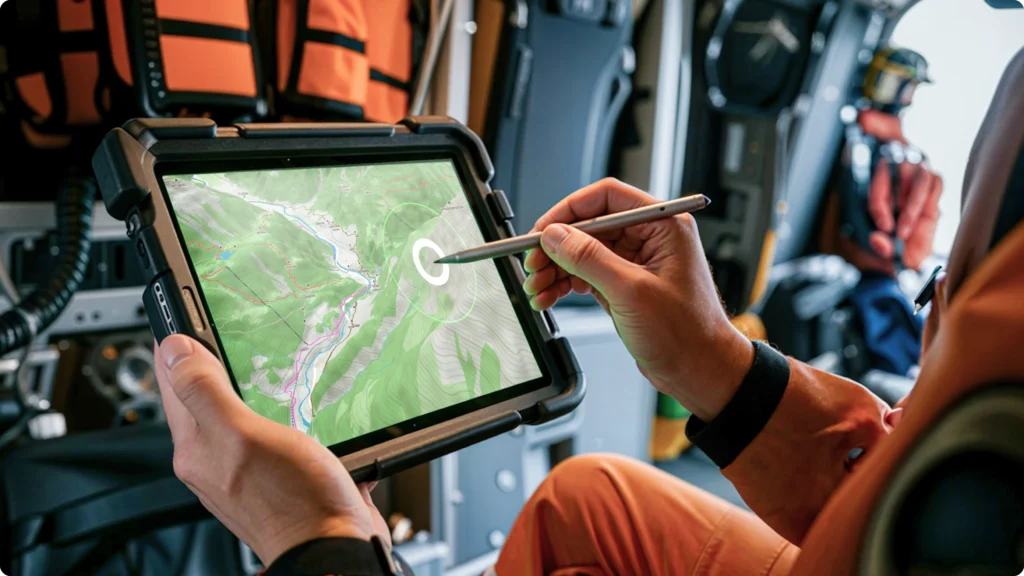Introduction
Ever stared at a shiny new gaming tablet, only to discover it’s utterly incompatible with your favorite games? Yeah, we’ve all been there. With so many options flooding the market, picking the right gaming tablet can feel like wading through a swamp of specs and reviews.
Here’s the deal: Compatibility is more than just screen size or processing power—it’s the make-or-break factor for your gaming experience. In this guide, you’ll dive into the world of compatibility checklists, uncover game-breaking mistakes, and arm yourself with actionable steps to find the *chef’s kiss* of gaming tablets. We’ll cover everything from identifying pain points to building bulletproof checklists—plus bonus tips, real-world case studies, and… well, you’ll see what’s at the end!
Table of Contents
- Key Takeaways
- Why Compatibility Matters
- How to Build Your Compatibility Checklist
- Tips for Evaluating Gaming Tablets
- Real-Life Gaming Tablet Successes
- Frequently Asked Questions
- Conclusion
Key Takeaways
- A compatibility checklist ensures your gaming tablet runs your favorite games smoothly.
- Prioritize hardware specs, software support, and connectivity when evaluating tablets.
- Skipping compatibility checks could lead to costly upgrades or even unusable devices.
Why Compatibility Matters

Once upon a time, I bought a sleek gaming tablet without thinking twice about compatibility (because, let’s be honest, that “buy now” button was calling my name). A month later, my favorite RPG wouldn’t even load—it was optimized for older Android versions, but the tablet only ran on the latest OS. RIP $500.
The lesson? Failing to understand compatibility can leave you stuck with an expensive paperweight. Whether you’re playing mobile-exclusive games like Genshin Impact or streaming AAA titles via Xbox Game Pass, your tablet must meet specific requirements.
Think of compatibility as the oil in your car engine—it might not seem crucial until things grind to a halt. Let’s explore how to avoid those headaches altogether.
How to Build Your Compatibility Checklist
Optimist You: “This will be easy!”
Grumpy You: “Yeah, if you want to waste money.”
Building a compatibility checklist isn’t rocket science—but it does take some effort. Here’s a step-by-step breakdown:
Step 1: List Your Favorite Games’ System Requirements
Start by jotting down the system specs required for your go-to games. For instance, Fortnite recommends at least 4GB of RAM, while Call of Duty Mobile prefers Snapdragon 700-series processors or higher.
Step 2: Research Supported Operating Systems
Some tablets run on Android, others on iPadOS—and each has its quirks. If most of your games are exclusive to iOS, don’t waste time shopping for Android tablets. Period.
Step 3: Check Connectivity Options
Wi-Fi-only tablets won’t cut it if you crave online multiplayer gaming. Ensure Bluetooth is also available for controllers and headsets.
Step 4: Test Battery Life & Screen Specs
No one wants their marathon gaming session interrupted by sudden shutdowns. Aim for tablets with 8+ hours of battery life and high refresh rates (90Hz or better).
Tips for Evaluating Gaming Tablets
- Don’t Just Go Big: While massive screens sound appealing, they may reduce portability. Balance screen size with form factor.
- Look Beyond Brand Names: Apple doesn’t always win here; sometimes, brands like Samsung or Lenovo offer superior gaming performance.
- Read Reviews Carefully: Not all reviewers test tablets under realistic gaming conditions. Look for video reviews showcasing real gameplay.

Real-Life Gaming Tablet Successes
Take Sarah, a casual mobile gamer who chose the Samsung Galaxy Tab S8 Ultra after meticulously comparing her favorite titles against the device’s capabilities. Fast forward six months, and she’s loving every second of seamless gameplay.
On the flip side, Tom impulsively grabbed the cheapest tablet he saw. His story? Constant crashes, overheating issues, and endless frustration. Moral of the story: Always do your homework.
Frequently Asked Questions
What happens if my tablet isn’t compatible with a game?
You’ll likely face poor frame rates, lag, or outright inability to launch the app.
Can older tablets still handle modern games?
Depends—if they’re within the minimum spec range, yes. Otherwise, expect subpar performance.
Do I need a controller for tablet gaming?
No, but it enhances precision, especially for FPS or racing games.
Conclusion
Finding the perfect gaming tablet boils down to careful planning and thorough research. Armed with a solid compatibility checklist, you can dodge common pitfalls and score a device tailored to your gaming needs.
Remember: There’s no magical wand that instantly matches tablets to games—you have to put in the legwork. But trust me—the sweat equity pays off when you’re crushing enemies in smooth, uninterrupted glory.
Like an old-school Tamagotchi, your gaming setup needs daily care. So invest wisely—and happy gaming!


